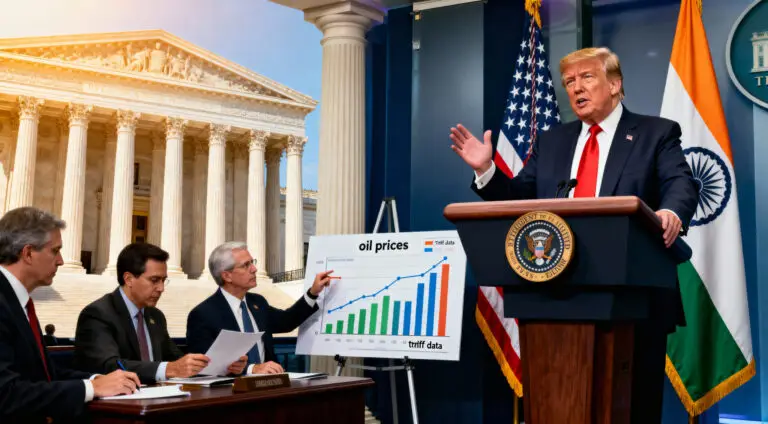The stablecoin sector, once a niche part of the cryptocurrency market, is now experiencing exponential growth and is projected to reach an astounding $2 trillion in value within just three years. This optimistic outlook comes directly from US Treasury Secretary Scott Bessent, who sees stablecoins as a crucial instrument in addressing significant economic challenges. This rapid expansion presents a unique investment opportunity for those who understand its underlying dynamics and potential.
Stablecoins’ Meteoric Rise
Five years ago, stablecoins represented a modest $20 billion industry. Today, that figure has soared to $250 billion, showcasing an incredible rate of adoption and integration into the broader financial ecosystem. This rapid growth trajectory is what underpins the ambitious $2 trillion valuation predicted for the sector by 2028.
Treasury Secretary’s Bullish Vision
US Treasury Secretary Scott Bessent’s strong bullish stance on stablecoins was recently articulated before Congress. He views stablecoins as pivotal in becoming the new digital pillars of the dollar-based global financial system. This perspective suggests a significant shift in governmental recognition and potential support for the stablecoin industry, including the push for new stablecoin legislation.
Solving National Debt and Currency Strength
Bessent’s optimism is rooted in two critical economic concerns: the burgeoning $37 trillion national debt and a perceived weakening of the U.S. dollar’s status as the global reserve currency. He believes stablecoins can serve as a key policy instrument to mitigate the impact of this debt load. Furthermore, he contends that stablecoins could be instrumental in fortifying the dollar’s global standing, ensuring its continued dominance.
The “Magic” of Dollar Pegging
The inherent “magic” of stablecoins lies in their 1:1 peg to the U.S. dollar, meaning they are designed to always trade at exactly $1. This stability is maintained by backing them 100% with cash or cash equivalents, such as short-term Treasury bills. This direct linkage ensures that a stablecoin can theoretically always be exchanged for an equivalent amount of physical cash.
Stablecoins and Treasury Debt
This 1:1 peg creates a hidden yet powerful link between stablecoins and the nation’s $37 trillion debt. As the stablecoin market expands, issuers are expected to increasingly back their stablecoins with Treasury bills instead of pure cash. This mechanism positions stablecoin issuers as significant buyers of new government debt, providing a steady demand that can help manage the national debt load.
Strengthening the Dollar’s Hegemony
The increased demand for digital dollars, or stablecoins, naturally translates into sustained demand for physical U.S. dollars due to their inextricable link via the dollar peg. As the stablecoin market grows in size and global adoption, it is anticipated to reinforce the U.S. dollar’s global hegemony. This counteracts concerns about the dollar’s weakening, instead positioning stablecoins as a tool for its continued strength.
Stablecoin Investment Avenues
While stablecoins themselves maintain a $1 value, the real investment opportunity lies in their issuers. Companies like Circle Internet Group, which recently went public, stand to benefit significantly from the projected growth in the stablecoin market. Investors looking to capitalize on this trend should consider these foundational entities rather than the stablecoins themselves.
Future Outlook and New Opportunities
The rapid growth of the stablecoin sector is also expected to spur the emergence of new companies offering services to stablecoin issuers, creating additional investment options. Treasury Secretary Bessent’s clear endorsement signals that the stablecoin investment trend is likely unstoppable. This provides a strong impetus for investors to explore and identify new opportunities within this burgeoning market.















